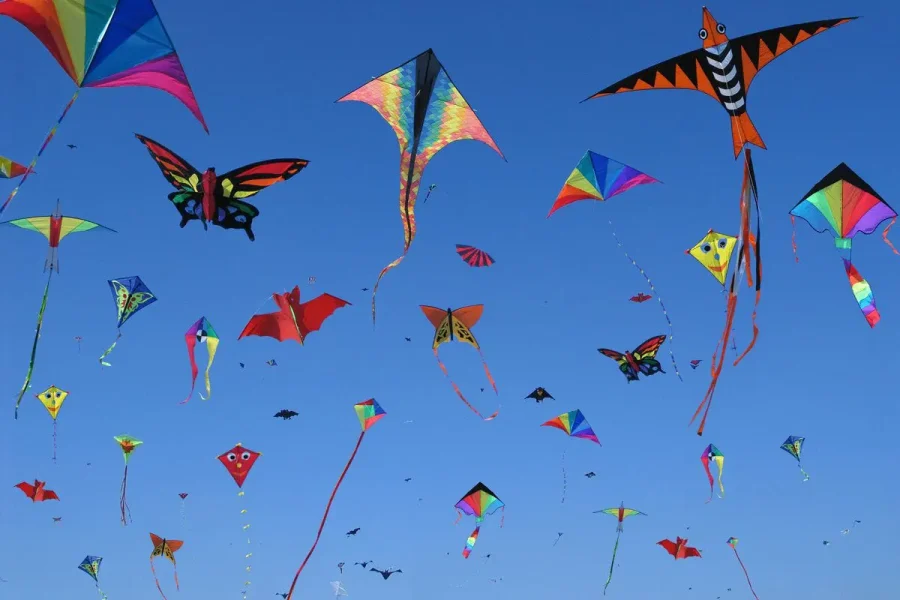Kite flying is a celebration of the spring season (Basant) which marks the benevolent intervening period between the receding winter and the advancing summer. Once a solace to hearts, kite-flying has turned into a scourge due to human deaths caused by the use of multi-layered heavy string (foreign twine) coated in synthetic materials over the past decades. Kite flying (commonly known as Patang Bazi) is held between the second and fourth week of February every year. With the advent of February, a new life is breathed into the world of nature and the impact on the physical world is perceptible in many ways. Be it the mating of birds, sprouting of new vegetation in the mustard fields or human yearning for sport and festivity, the month of February liberate the spirit and kite flying is its expression. Kite flying, once celebrated as a festive occasion, had all the ingredients of a festival with a family reunion, music, dance on drum beat, old rivalries on kite battles and traditional food.
It provided the human soul the occasion to welcome the warmth in nature and human relationships. Lahore, Gujranwala and Kasur were once considered centers of kite flying while the preparations started months in advance as people got hold of the best daur or manjha (abrasive twine) and hordes of kites. The daur or manjha is a cotton thread coated with crushed glass materials to make it slash other twine. The kite-flying festivities usually began at night under lights on the roof-tops and continued till the next sunset. Paper kites of different hues and colors enveloped the horizon while the deafening music was in consonance with the heated emotions of the kite flyers. The slaying of opponents twine was celebrated with trumpets, flutes and dhol while some fierce rivalries in kite flying battles ensued for decades. The streets had serious hustle and bustle as kite runners followed the tumbling kites. Women, in complete unison with the yellow flowers of the mustard fields in rural Punjab, dressed in yellow, the men clad in white and children in glittering attires got together at the roof-tops to see the kite battles as the skies resonated with chants of Bo-Kata (hacked) after rival’s kite is culled in the sky battle with skill and endurance. Kite flying is a sport and an art as well which has produced multifarious apprentices and masters over the years and its practitioners are found in all parts of the world. Kite flying is not about mere tossing the paper kite in the air and consigning it to the wind to decide its destiny but it is about dexterity, skill and ken which helps a kite flyer browbeat the opponents through masterful handling of the kite in the sky.










